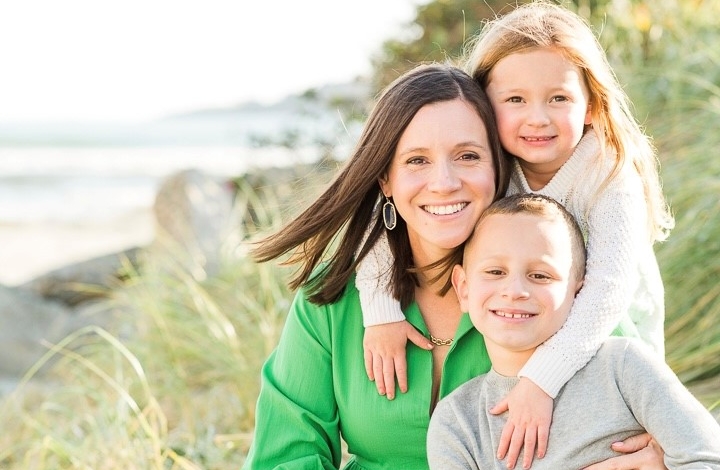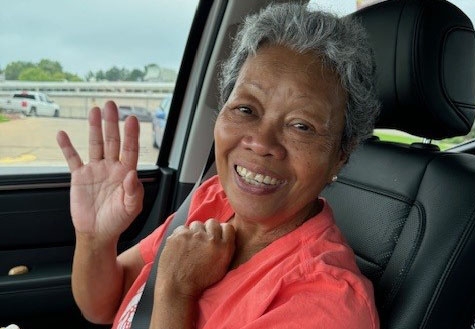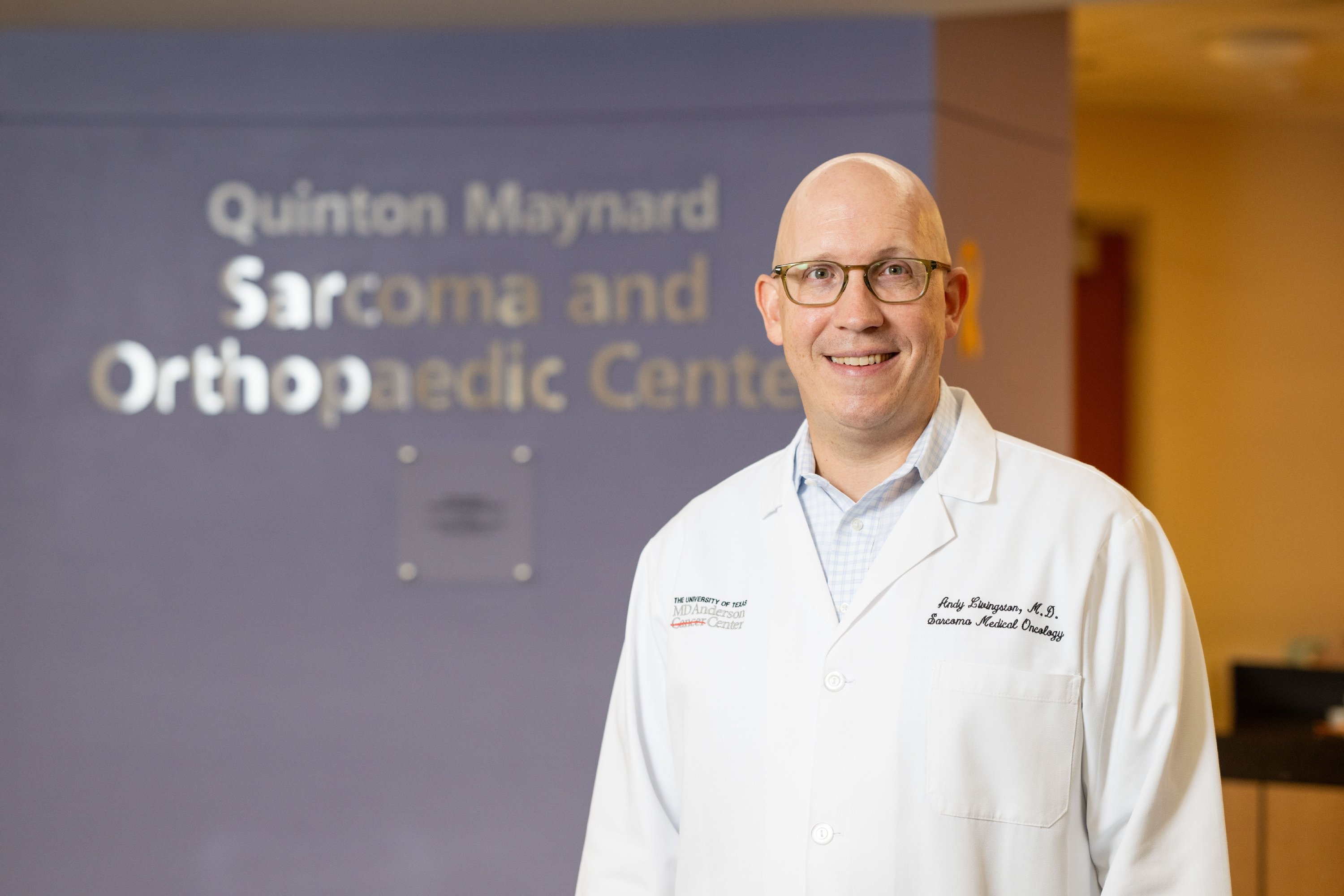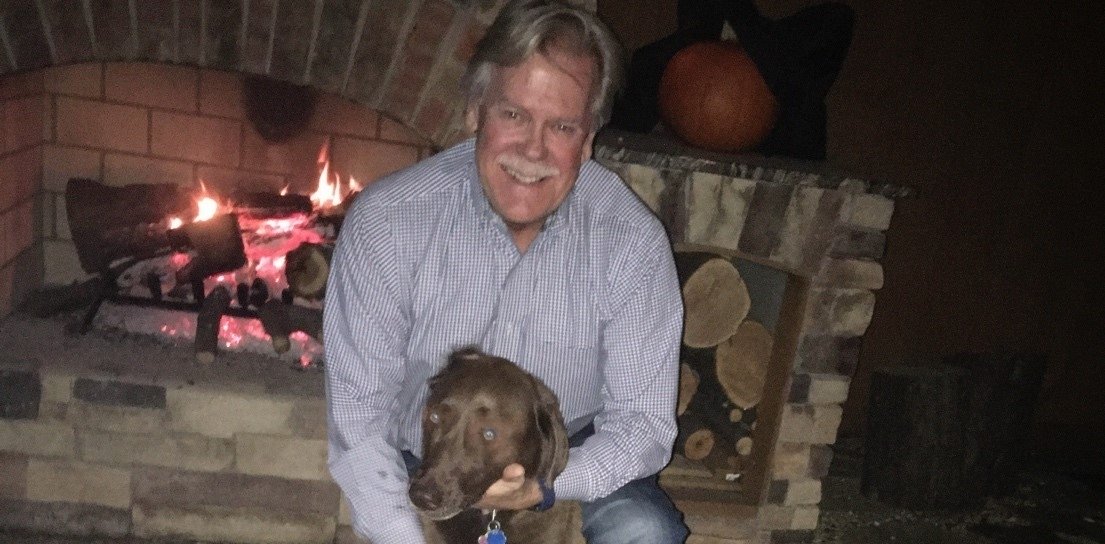- Diseases
- Acoustic Neuroma (16)
- Adrenal Gland Tumor (24)
- Anal Cancer (70)
- Anemia (2)
- Appendix Cancer (18)
- Bile Duct Cancer (26)
- Bladder Cancer (74)
- Brain Metastases (28)
- Brain Tumor (234)
- Breast Cancer (726)
- Breast Implant-Associated Anaplastic Large Cell Lymphoma (2)
- Cancer of Unknown Primary (4)
- Carcinoid Tumor (8)
- Cervical Cancer (164)
- Colon Cancer (168)
- Colorectal Cancer (118)
- Endocrine Tumor (4)
- Esophageal Cancer (44)
- Eye Cancer (36)
- Fallopian Tube Cancer (8)
- Germ Cell Tumor (4)
- Gestational Trophoblastic Disease (2)
- Head and Neck Cancer (14)
- Kidney Cancer (130)
- Leukemia (342)
- Liver Cancer (50)
- Lung Cancer (286)
- Lymphoma (278)
- Mesothelioma (14)
- Metastasis (30)
- Multiple Myeloma (100)
- Myelodysplastic Syndrome (60)
- Myeloproliferative Neoplasm (6)
- Neuroendocrine Tumors (16)
- Oral Cancer (102)
- Ovarian Cancer (178)
- Pancreatic Cancer (160)
- Parathyroid Disease (2)
- Penile Cancer (14)
- Pituitary Tumor (6)
- Prostate Cancer (150)
- Rectal Cancer (58)
- Renal Medullary Carcinoma (6)
- Salivary Gland Cancer (14)
- Sarcoma (238)
- Skin Cancer (300)
- Skull Base Tumors (56)
- Spinal Tumor (12)
- Stomach Cancer (66)
- Testicular Cancer (28)
- Throat Cancer (92)
- Thymoma (6)
- Thyroid Cancer (100)
- Tonsil Cancer (30)
- Uterine Cancer (86)
- Vaginal Cancer (18)
- Vulvar Cancer (22)
- Cancer Topic
- Adolescent and Young Adult Cancer Issues (22)
- Advance Care Planning (12)
- Biostatistics (2)
- Blood Donation (18)
- Bone Health (8)
- COVID-19 (360)
- Cancer Recurrence (120)
- Childhood Cancer Issues (120)
- Clinical Trials (628)
- Complementary Integrative Medicine (22)
- Cytogenetics (2)
- DNA Methylation (4)
- Diagnosis (238)
- Epigenetics (6)
- Fertility (62)
- Follow-up Guidelines (2)
- Health Disparities (14)
- Hereditary Cancer Syndromes (128)
- Immunology (18)
- Li-Fraumeni Syndrome (8)
- Mental Health (122)
- Molecular Diagnostics (8)
- Pain Management (62)
- Palliative Care (8)
- Pathology (10)
- Physical Therapy (18)
- Pregnancy (18)
- Prevention (936)
- Research (390)
- Second Opinion (78)
- Sexuality (16)
- Side Effects (616)
- Sleep Disorders (10)
- Stem Cell Transplantation Cellular Therapy (216)
- Support (408)
- Survivorship (328)
- Symptoms (182)
- Treatment (1788)
Complex reconstructive surgery helps soft-tissue sarcoma survivor stay active
6 minute read | Published June 04, 2021
Medically Reviewed | Last reviewed by an MD Anderson Cancer Center medical professional on June 04, 2021
Nicola Sirito had a rare diagnosis – a soft tissue sarcoma on his spine – but his MD Anderson care team knew they could successfully treat it. After chemotherapy and a surgery to remove the tumor, the then 21-year-old would have a long life ahead of him.
But the surgery wasn’t as simple as it sounded. His surgical team needed to reconstruct his spine in way that would keep this athlete as active as he had always been. While there’s no standard of care for reconstructing the spine after removing this rare type of tumor, Nicola’s care team knew that if they used his own living bone to recreate his spine, it would heal faster and last longer than any hardware or human-made medical device.
The surgery was difficult, and the recovery wasn’t easy, but now, two years later, Nicola’s cancer-free and living an active life.
A soft-tissue sarcoma diagnosis
In July 2018, Nicola started feeling awful pains in his stomach. He went to his doctor, fearing it was appendicitis. A CT scan showed a large mass on his spine. Nicola had cancer.
“It turned out the pains were completely unrelated, but in the end, I was lucky I had them,” Nicola says. “Who knows how long it would have taken to find the cancer?”
Right away, Nicola scheduled an appointment at MD Anderson, where his dad works as a genetics researcher.
During his first visit, Nicola saw J. Andrew Livingston, M.D., an oncologist specializing in sarcoma.
“Everyone was so nice and answered all of my questions – and more importantly, my parents’ questions,” Nicola says.
Enrolling in a sarcoma clinical trial
His care team conducted several scans and confirmed Nicola’s soft-tissue sarcoma diagnosis. Then, they came up with a treatment plan. Livingston thought Nicola would be a strong candidate for a clinical trial for an oral chemotherapy. If it worked, it would shrink the tumor enough that it could be removed surgically. The surgery would be difficult, but once it was over, his chance of recurrence low.
The clinical trial was for patients with a certain genetic mutation called a LMNA-NTRK1 fusion, so Nicola’s doctors took a tissue sample and performed RNA sequencing to find out if he qualified. The results showed he did, and he began the clinical trial in August 2018.
Each day for a year and a half, he took a single pill, a drug called entrectinib. He experienced mild side effects, like loss of taste.
Sarcoma diagnosis puts college on pause
Nicola had been between his junior and senior year at Ohio State University, where he was a member of the fencing team at the time of his sarcoma diagnosis. He took the year off to focus on his health. In some ways, it was difficult.
“I felt like I was standing still, but everyone was still moving around me,” he says.
His friends helped him stay positive and came to visit, but he still noticed the differences in between their lives and his.
“It felt a little isolating,” he says.
But Nicola strived to make the most of his year off. Having a full year to dedicate to his health was a privilege not many others got to take, he says. It taught him to slow down. He even got a job delivering pizzas to make some extra money and help him meet people.
After a little more than a year, Nicola’s care team conducted scans revealing good news: the chemotherapy was working. The cancer had shrunk small enough that it could be surgically removed.
Undergoing sarcoma surgery
In late January 2019, Nicola underwent surgery. The two 10- to 12-hour long procedures were conducted two days in a row by a surgical team comprised of seven surgeons led by Laurence Rhines, M.D., Alexander Mericli, M.D., and Garrett Walsh, M.D. First, they removed Nicola’s tumor, then part of his spine impacted by the tumor. Next, they removed part of his fibula, a non-weightbearing bone in the leg, and used it to recreate the missing vertebrae. They also removed veins from his legs and reattached them near his spine using microscopic stitches – a technique called microsurgery. This would re-establish the blood supply and start the healing process immediately.
It’s a relatively rare procedure, and many hospitals don’t perform surgeries like it. But MD Anderson surgeons, who perform about five to 10 a year, had been researching the procedure and found that using the patient’s own bones and veins in reconstruction caused the bones to heal faster and was better than using human-made medical devices alone.
After the surgery was complete, Nicola was cancer-free, but he had a rough recovery ahead of him. For the one week he stayed in bed. Then, little by little, with the help of his care team, he began getting up and taking short walks around the hospital. Finally, after three and a half weeks, he was able to go home.
Nicola lost about 25 lbs. after surgery, so he focused on regaining his strength and participated in physical therapy for the first few months.
Sarcoma surgery recovery and survivorship
That fall, Nicola returned to school, ready for his junior year. He wasn’t able to return to the fencing team. Without the support of a fibula, he was at greater risk of developing stress fractures. But he wasn’t too upset about it.
“It seemed like a good reason to have to quit,” he says. He added that he also wasn’t able to run, but didn’t mind “because I really hate running,” he says.
Today, Nicola exercises by swimming, walking and lifting weights. He grateful he’s able to stay active.
It’s been two years since Nicola’s surgery and about a year and a half since he finished chemotherapy. He’s graduated from college and landed a job working in sustainability at Nike. But due to the pandemic, he works remotely from his parent’s house and plans to eventually move to Oregon, where his office is based.
He’s taken the delays in stride. After all, it’s not the first time his plans have been put on hold.
“Cancer gave me a different perspective,” he says. In college, cancer taught Nicola that his goals would still be there, even if they had to be put on pause for a bit. The same is true now.
“I’m glad to have the extra time,” he says. “I have a lot to be grateful for.”
Request an appointment at MD Anderson online or by calling 1-855-263-3031.
Nicola Sirito had a rare diagnosis – a soft-tissue sarcoma on his spine – but his MD Anderson care team knew they could successfully treat it. After chemotherapy and a surgery to remove the tumor, the then 21-year-old would have a long life ahead of him.
But the surgery wasn’t as simple as it sounded. His surgical team needed to reconstruct his spine in way that would keep this athlete as active as he had always been. While there’s no standard of care for reconstructing the spine after removing this rare type of tumor, Nicola’s care team knew that if they used his own living bone to recreate his spine, it would heal faster and last longer than any hardware or human-made medical device.
The surgery was difficult, and the recovery wasn’t easy, but now, two years later, Nicola’s cancer-free and living an active life.
A soft-tissue sarcoma diagnosis
In July 2018, Nicola started feeling awful pains in his stomach. He went to his doctor, fearing it was appendicitis. A CT scan showed a large mass on his spine. Nicola had cancer.
“It turned out the pains were completely unrelated, but in the end, I was lucky I had them,” Nicola says. “Who knows how long it would have taken to find the cancer?”
Right away, Nicola scheduled an appointment at MD Anderson, where his dad works as a genetics researcher.
During his first visit, Nicola saw J. Andrew Livingston, M.D., an oncologist specializing in sarcoma.
“Everyone was so nice and answered all of my questions – and more importantly, my parents’ questions,” Nicola says.
Related Cancerwise Stories

I have a lot to be grateful for.
Nicola Sirito
Survivor





